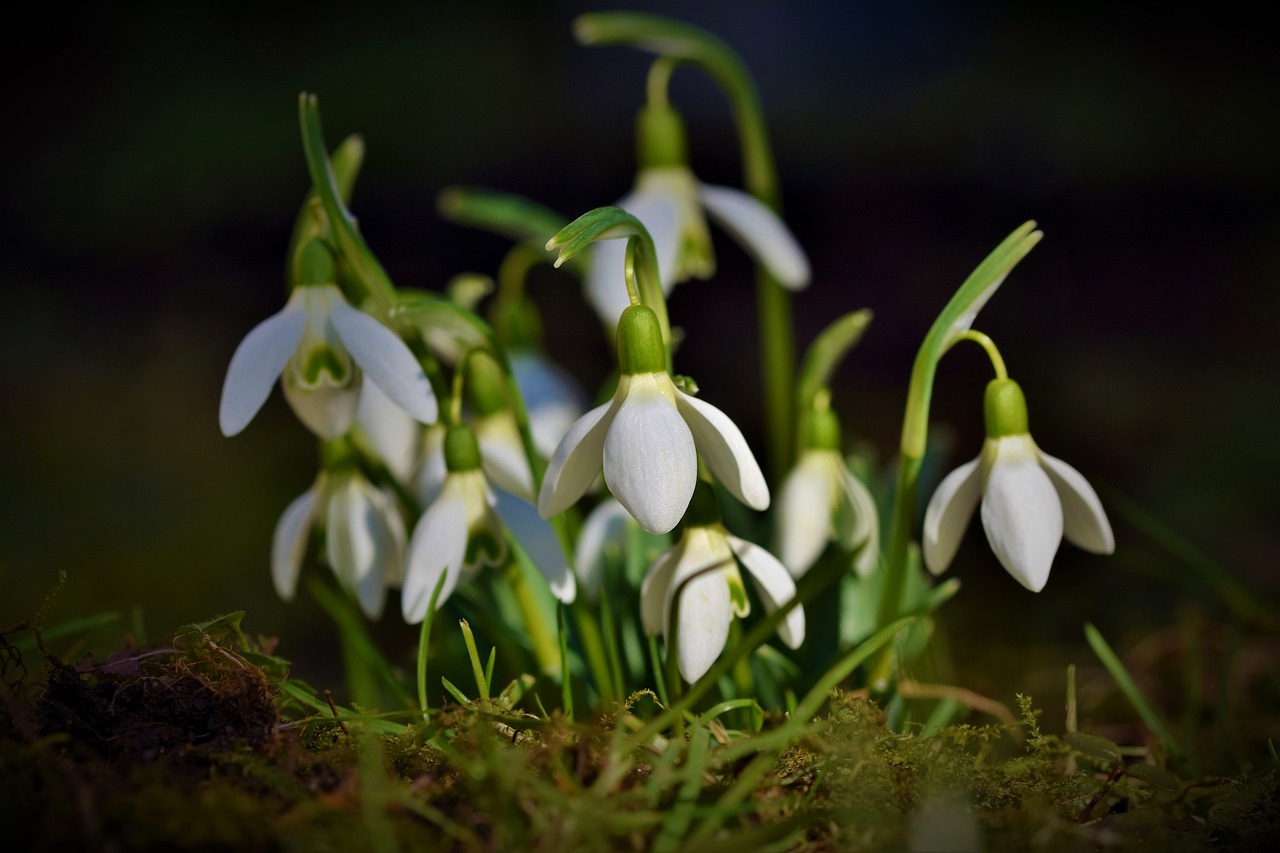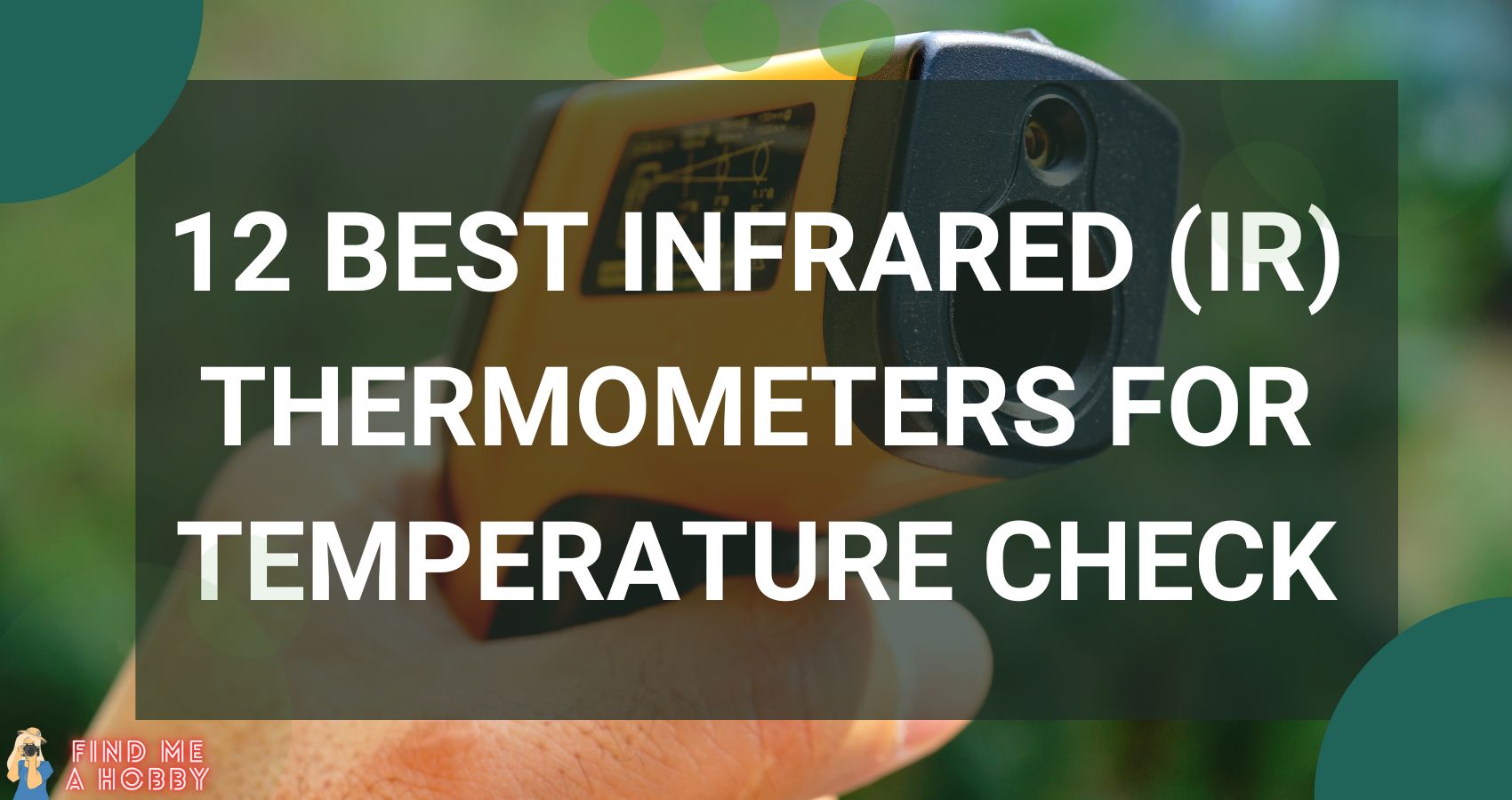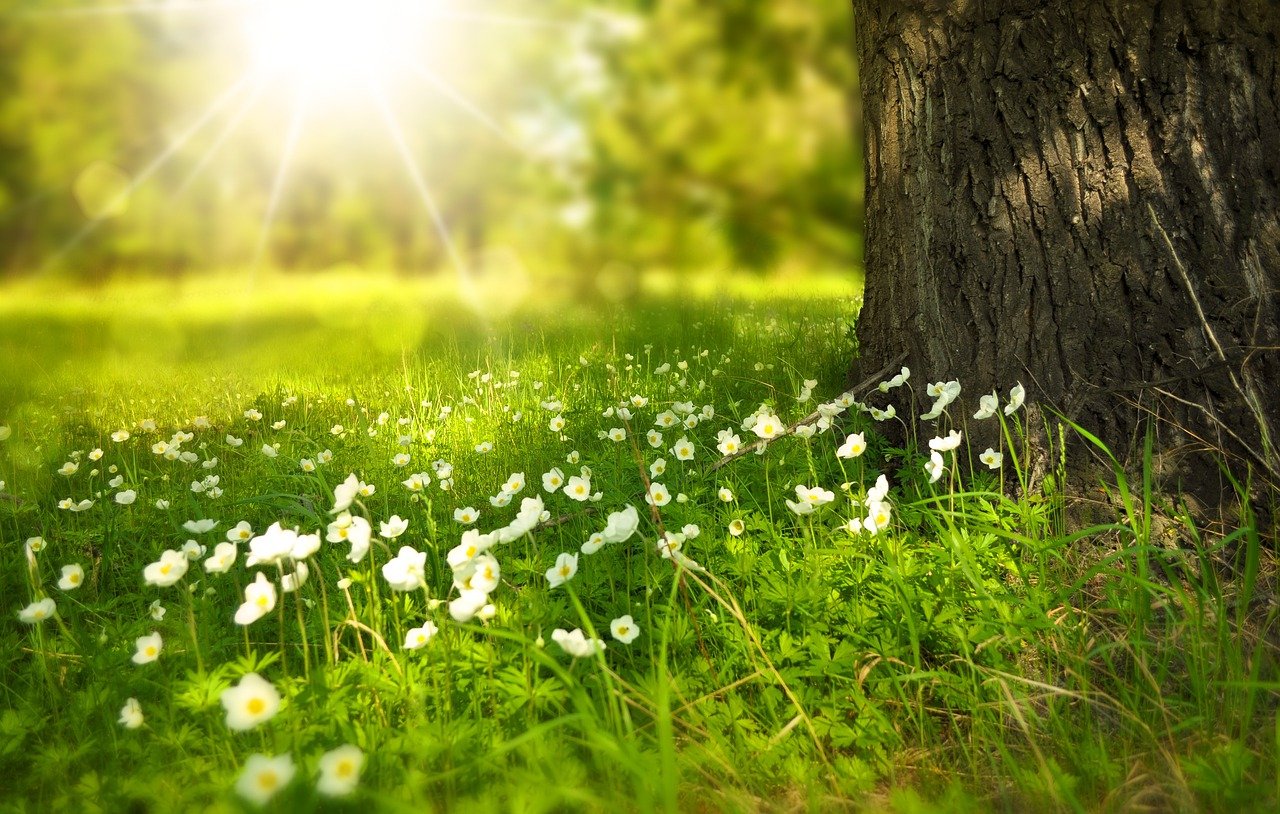Spring is coming, the birds are singing, flowers are blooming, and we’re here to get our garden ready for another bumper harvest. In this article, you’ll get to understand a few basics about soil, their different specs, and how to combine or improve them to create the best soil for your planting.
I’ll also show you which types of plants you should plant in each kind of land and how things work. And finally, a few reminders before you start planting. Now, without further ado, let’s get to work.
Soil types
Sand, silt, and clay are three main elements that constitute the things we called “soil.” Thus, sandy, silty, and clay soil are just the result of the earth having too much sand, silt, or clay in it. It is also peaty and saline soil, but we’ll just focus on these three main elements.
Sandy soil

This soil can be found mostly in deserts. You can test the soil by pouring water on it and grab it in your hand. If it crumbles and is scattered, then it is sandy soil.
The sand particles are the largest among the three, and the gaps between each particle are also significant. It makes sand not good at holding water as well as nutrition. But on the other hand, because of the large spaces, sands are excellent at drainage. It is something you won’t be able to find on silt or clay soil, but we’ll talk about that later. The soil is also light and warms faster in the spring. The only thing that it is good for is to contains air.
These features make sand a not-very-friendly environment for plants to grow. It also explains why there are not many plants can survive in the desert. To do that, they need a big root that could dig deep into the ground to find water.
Silty soil

Just like with sand, first, you pour in some water to give it a little moisture. Then grab a piece of soil in your palm. Use a small amount of force to hold it. If it breaks but is not scattered, then it is silty soil.
Silt particles have smaller sizes compared to sand. The spaces between each particle are also tighter, thus making them better at carrying nutrients and water. It is good for keeping water and don’t have the drainage problem like clay soil. The soil has a reasonable amount of nutrition, but it is not doing well at maintaining them.
Clay soil

Clay is the hardest one for gardeners to deal with. Especially in summer days when they often dry up and turn into hard concrete. To test the soil, just do what you did with the previous two. When being grab in your hand, the soil becomes compact and won’t scatter.
This is because of the small particles inside. Clay has the smallest particle size among the three. It is extremely good at holding water and nutrient. The soil is often rich in nutrients and is a great place for growing trees.
Mixing
The three types of soil have their pros and cons for planting. To have the best result, you should mix them with proper portions depending on the species of plant you’re going to plant.
I often mix them with a ratio of 40% sand, 40% silt, and 20% clay. It will create beautiful loamy soil that is good for growing nutritious plants. And you can also add compost in if it is available. The compost will help the earth maintaining good nutrients.
And if you want more than just this, look into the chart that I’ve put on below. You can find many recipes for mixing the three soil. Depend on the type of plant you’re growing; you can create just the right environment for it to grow on.

What to plant?
On sandy soil
This type of soil is not entirely useless like you think. It’s light, can contain air, easy to work with, and warm quickly in the summer.
You can choose to grow groundcover or perennial types since they can grow fast and doesn’t require too much nutrient. Lavender, rosemary, artemisia are some quick nominations. They can give you a green garden in just a few weeks if being frequently watered. Annual plants like mints are also a good option. For shrubs, butterfly bush rose, pea shrub could make a beautiful addition to your garden. And even though it is not recommended for planting trees on sandy soil, there are still a few suggestions for you, such as eucalyptus and silk tree.
On silt soil
Silt soil has unique characteristics which make it more suitable for planting. The particles have fine sizes; it’s good for keeping nutrients and water. And also no drainage problem.
There are various plants that you could grow on this type of soil, such as, roses and shrubs, perennials, and ferns.
For perennials, hostas, hellebore, cranesbill are the type of plants that will thrive in silty soil. They all require a moisture environment with good drainage, a certain quality of silty land. ‘Polar Ice’ rose, Hedgehog rose, and Lady Banks rose are the type of flowers that grow well in silt because they all prefer soil on the heavier side. Most ferns love the wet condition of silt, such as Ostrich and male ferns. For bulbs, snowflakes, crocus, daffodils, and snowdrops are all great mentions.
On clay soil
Clay soil is suitable for planting trees since only their large and spiky roots can penetrate through the compact soil to gather nutrients and water. Apple, orange, oak, all wooden perennial plants can grow on clay soil. Shrubs that grow well in clay soil are buddleia, hydrangea, Chaenomeles, mahonia, pyracantha, etc.
But that is just for general perception; I believe that we can grow all types of plants on different soils by making a few adjustments. I’ll explain this more in the next part.
How to prepare the soil for planting?
To have a fruitful harvest, you need to prepare the soil well so that the plant can grow properly. Different types of soil and plant require different nutrient, water, and air conditions. But these processes are essential no matter where and what you’re going to plant.
Clear the area
To start planting, you’ll need to get rid of all unnecessary elements. It could be leaves, weeds, bushes, or branches.
If there are weeds in your garden, I recommend you deal with them from 2-3 months ago. Since plugging will only get rid of the body, the remaining roots can still germinate. Here is what you should do. Use groundcover fabric to cover the grasses. Alternatively, large cardboard or newspapers can also do the trick. Apply soil in it to keep them in position. It will not only kill weeds but also create a beautiful and rich compost that every gardener wants.
And for the other wastes, place them into a bag. You can choose to throw them away or use them to make organic compost. I recommend doing this if you have time. Also, remove all gravels and rocks, a rake would be perfect for this job.
Till and cultivate
Once your garden is clean, it’s time to breathe life into the land. You can use a shovel to till your garden (if it is a small one) or use a tiller instead. Make sure you do it correctly to break up and loosen the soil. And after that, depending on what type of plant you’re going to plant and how much effort you want to put into it, consider adding a certain amount of silt, clay, or sand to your soil (check the chart I’ve given to you).
It will create a suitable environment for your plant to grow. Also, remember to add compost, especially on deserted lands. It will work the soil and create an abundant and nutritious piece of land for gardening. Use the cultivator to mix the elements, make sure it reaches deep enough.
Depends on how hard the soil is, you can set from high to medium setting. Hold your cultivator firmly and start making parallel passages across the garden. Let your cultivator do the work, don’t force it to go faster or slower. After you finish, adjust the tiller to a deeper setting (usually 8 inches) and make a perpendicular passage across the old ones.
Finishing up
What’s left to do is water the soil and also give it some essential nutrients. Fertilizer spreaders are great for providing the land with the nutrition it needs. But you should carefully consider between broadcast and drop spreader. Backpack sprayers are also vital equipment for watering, spraying pesticides, and applying liquid fertilizer.
When everything is done, you’ll have a nutritious piece of soil ready for planting.






